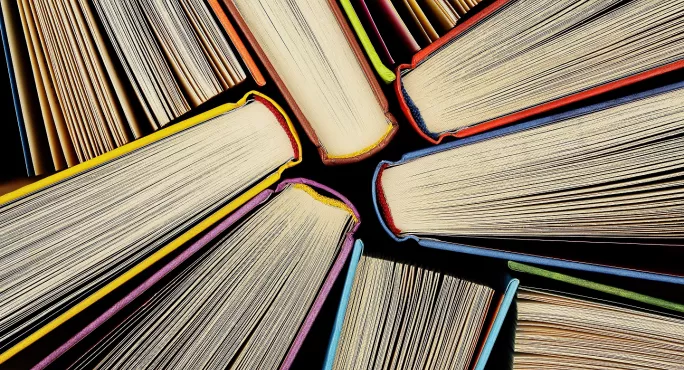Primary teachers are shocked and concerned about new official reading assessment guidance that includes a real example of a six- or seven-year-old reading Harry Potter and the Goblet of Fire.
The guidance issued by the Standards and Testing Agency, which administers the Sats tests and assessments, states that the child, “Pupil H”, would be assessed as working at greater depth within the expected standard because she could read words such as “international magical co-operation” without any hesitation, and used phonics and morphology to read unfamiliar words such as “consignment” and “Transylvanian”.
But teachers on Twitter expressed concern that not only did the standard seem “totally unrealistic”, but that the content of the book, which was released as a 12A certificate film, was inappropriate for young children.
The guidance goes on to explain how Pupil H’s comprehension skills demonstrated that she was working at greater depth.
It gives an example: “She [the pupil] also compares the book to what happened on Easter Sunday because ‘Jesus rose from the dead without turning into a zombie and Voldemort rose from the dead without turning into a zombie’.”
The guidance adds that Pupil H’s broad vocabulary allowed her to work out the meaning of unfamiliar words, such as “vacated”.
“She reasons aloud to the teacher: ‘Vacation. Isn’t that a holiday? Well, would it (the meaning of ‘vacated’) be the seat that she left, because it’s like going on holiday because you leave something to go on holiday?’,” the guidance states - an explanation that is described as “outstanding”.
Pupils at the end of Year 2 are assessed on their reading by teachers, who judge their standard based on their work throughout the year, as well as a test. The exemplification guidance provides examples of pupils’ work that teachers can use to support their judgements, but does not have to be used.
Last year, the proportion of children reaching the expected standard dropped slightly, from 76 per cent in 2017 to 75 per cent in 2018, but the proportion assessed as working at greater depth rose from 25 per cent in 2017 to 26 per cent in 2018.
The latest guidance also raised another question among its critics: what does a child who has mastered such books in Year 2 do next?
A Department for Education spokesperson said: “We do not issue a set list of books that children have to read. We provide teachers with examples from reading texts - which are drawn from popular books that many young people at this age are known to be reading - to support teachers in making judgments as to the level and depth of understanding that children should be demonstrating at this stage in their education. These examples were developed in collaboration with a number of nationally recognised experts in English reading.”




